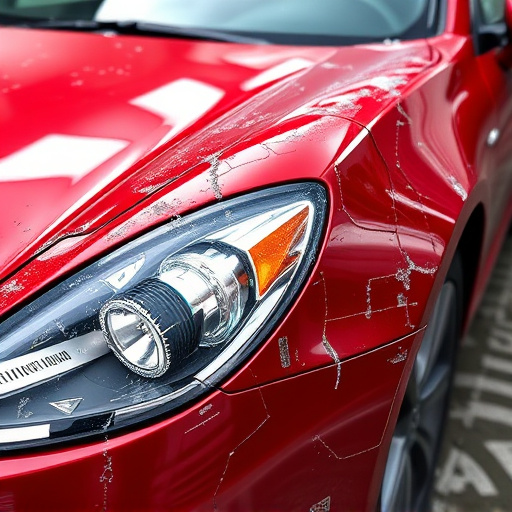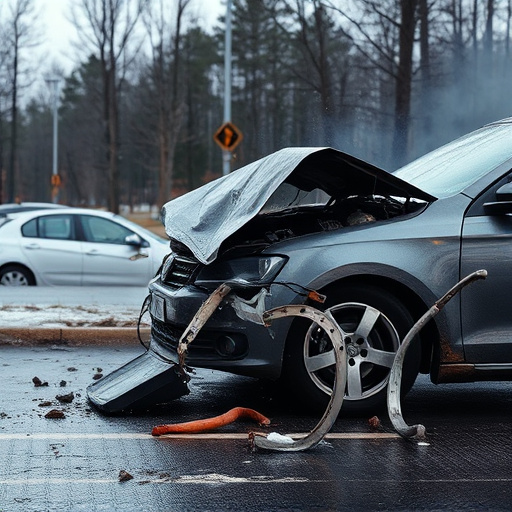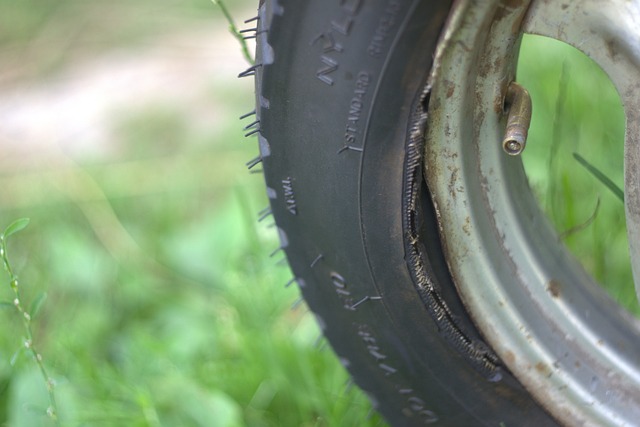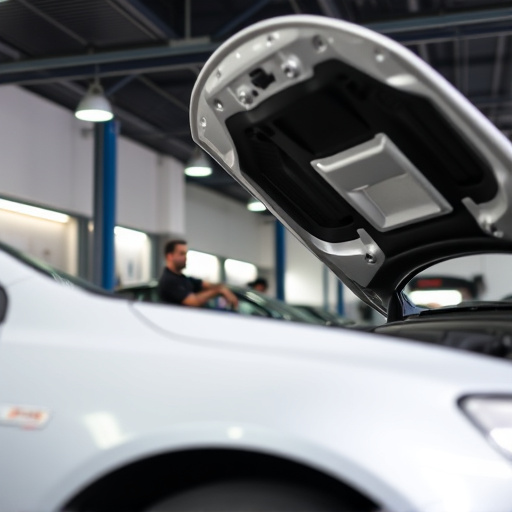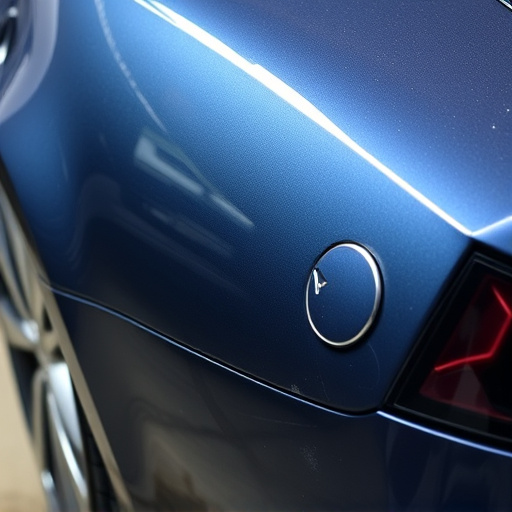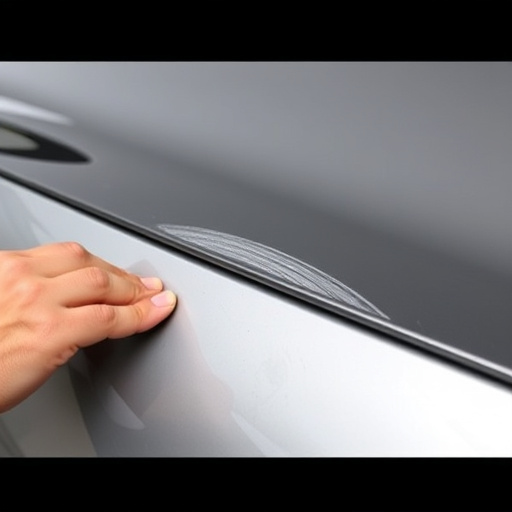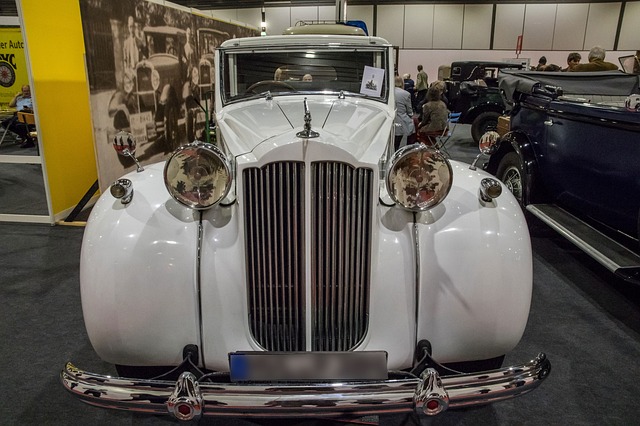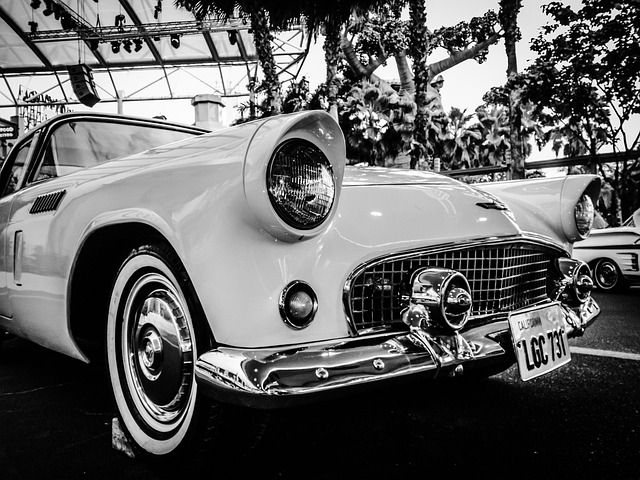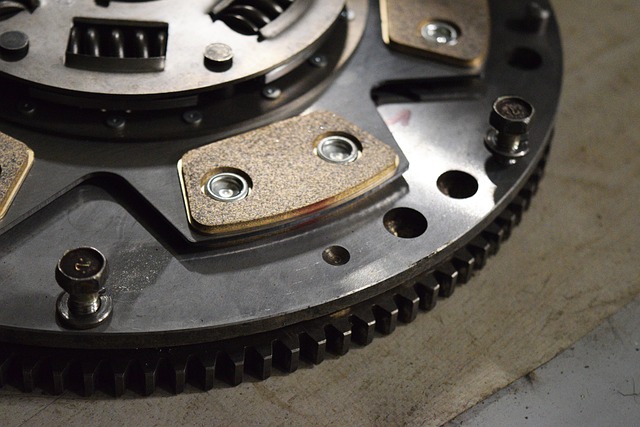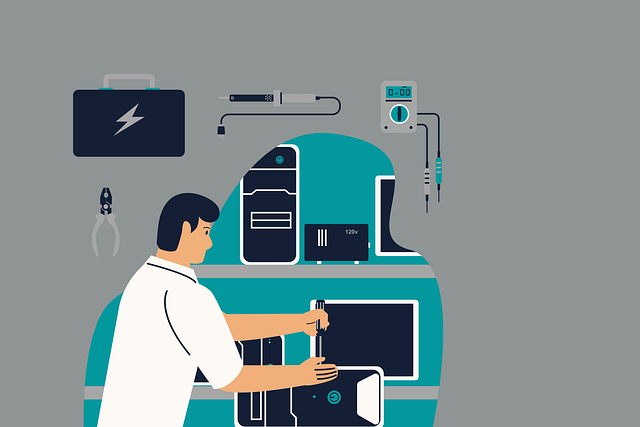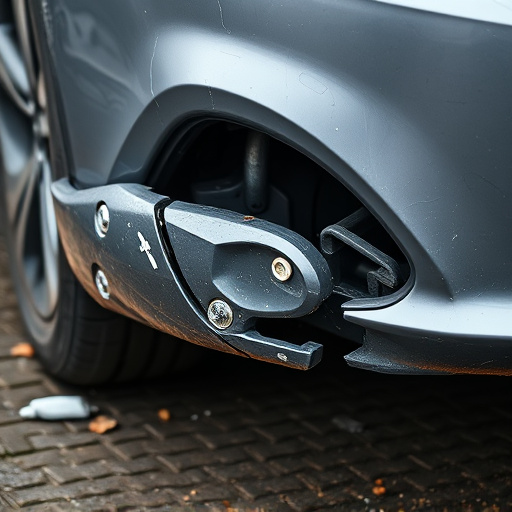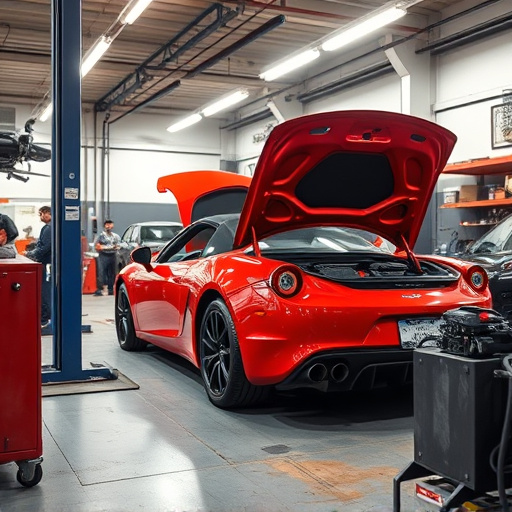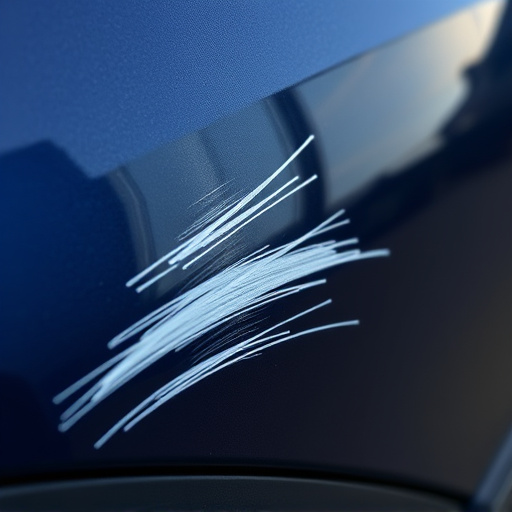PDR techniques, led by Paintless Dent Repair (PDR), offer specialized car body repair solutions for specific needs, preserving original finishes like those on Mercedes Benz. Choosing the right PDR method depends on damage extent and location—minor dents can be fixed with simple tools, while complex damages may require a combination of PDR and traditional techniques. Proper preparation ensures long-lasting results, and specialized tools access hard-to-reach areas. PDR is a cost-effective, time-saving solution for both professionals and DIYers, ideal for quick repairs without repainting, especially valuable for rare or classic vehicles.
In the realm of automotive detailing, Professional Detail Restoration (PDR) techniques are an art. While general PDR methods offer a solid foundation, specific techniques cater to diverse vehicle needs. This article explores when to employ these specialized skills. From subtle imperfections to severe damage, understanding various PDR techniques and their applications empowers detailers to deliver exceptional results. By factoring in material types, paint conditions, and desired outcomes, professionals can enhance vehicle aesthetics using the right PDR approach.
- Understanding Different PDR Techniques
- Factors to Consider for Using Specific PDR Methods
- Practical Applications and Benefits of Specialized PDR Techniques
Understanding Different PDR Techniques

PDR techniques encompass a range of specialized methods used to restore and repair damaged vehicle bodies, each tailored to specific needs. One such technique is the PDR (Paintless Dent Repair) method, which involves manipulating and massaging the dented area without removing the paint. This non-invasive approach is ideal for minor dents and scratches, preserving the original factory finish in a Mercedes Benz repair or any other auto body painting scenario. It’s particularly effective on complex panel shapes that would be challenging to repaint or replace.
Another notable PDR technique is the use of specialized tools to apply heat, which can help return metal to its original shape. This method is often employed for deeper dents and creases. In a car body shop setting, understanding when to employ these diverse PDR techniques is crucial for efficiently and effectively restoring vehicles. For instance, while a simple door ding might be suitable for paintless dent repair, a more severe collision damage would require a combination of techniques, potentially including traditional painting methods, for optimal results in a Mercedes Benz repair or any similar vehicle restoration.
Factors to Consider for Using Specific PDR Methods

When deciding on specific PDR (Paintless Damage Repair) techniques for vehicle restoration, several factors come into play. First and foremost, the extent of damage is crucial. Minor dents, dings, and creases that are still within the paint’s surface layer are ideal candidates for PDR as it can efficiently restore the vehicle to its original condition without extensive repainting. However, deeper or more complex damages might require a combination of PDR and traditional repair methods.
The location of the damage is another consideration. For instance, hard-to-reach areas like tight corners, curved surfaces, or intricate designs may demand specialized tools and techniques, ensuring precision and minimizing the risk of further damage. Additionally, the overall condition of the paint and underlying panel should be evaluated. Proper preparation, including cleaning, decontaminating, and moisture testing, is essential to achieving long-lasting results in a car body shop or auto collision repair facility.
Practical Applications and Benefits of Specialized PDR Techniques

In the realm of vehicle dent repair, specialized PDR (Paintless Dent Repair) techniques offer a multitude of practical applications and benefits. These advanced methods allow for the restoration of damaged vehicles without the need for extensive frame straightening or costly paint jobs, making them an attractive option for both professional body shops and DIY enthusiasts. By leveraging specialized tools and techniques, such as plastic mallets, suction cups, and precision-cut tools, PDR technicians can effectively address a wide range of dents, from minor door dings to more severe creases.
The advantages of employing these PDR techniques extend beyond mere cost savings. They also contribute to faster repair times, minimal paint disruption, and the preservation of the vehicle’s original factory finish. Moreover, specialized PDR is particularly advantageous for rare or classic vehicles where replacing parts might be challenging or expensive. By opting for this method, vehicle owners can enjoy the restoration of their cars’ aesthetic appeal while avoiding the extensive and often invasive procedures associated with traditional frame straightening and paint repair services.
In conclusion, understanding when to employ specific PDR techniques is key to achieving optimal vehicle restoration results. By considering factors like material types, damage extent, and desired outcomes, professionals can leverage the practical applications and benefits of specialized PDR methods. This ensures that each vehicle receives tailored care, preserving its beauty and value throughout the restoration process.
